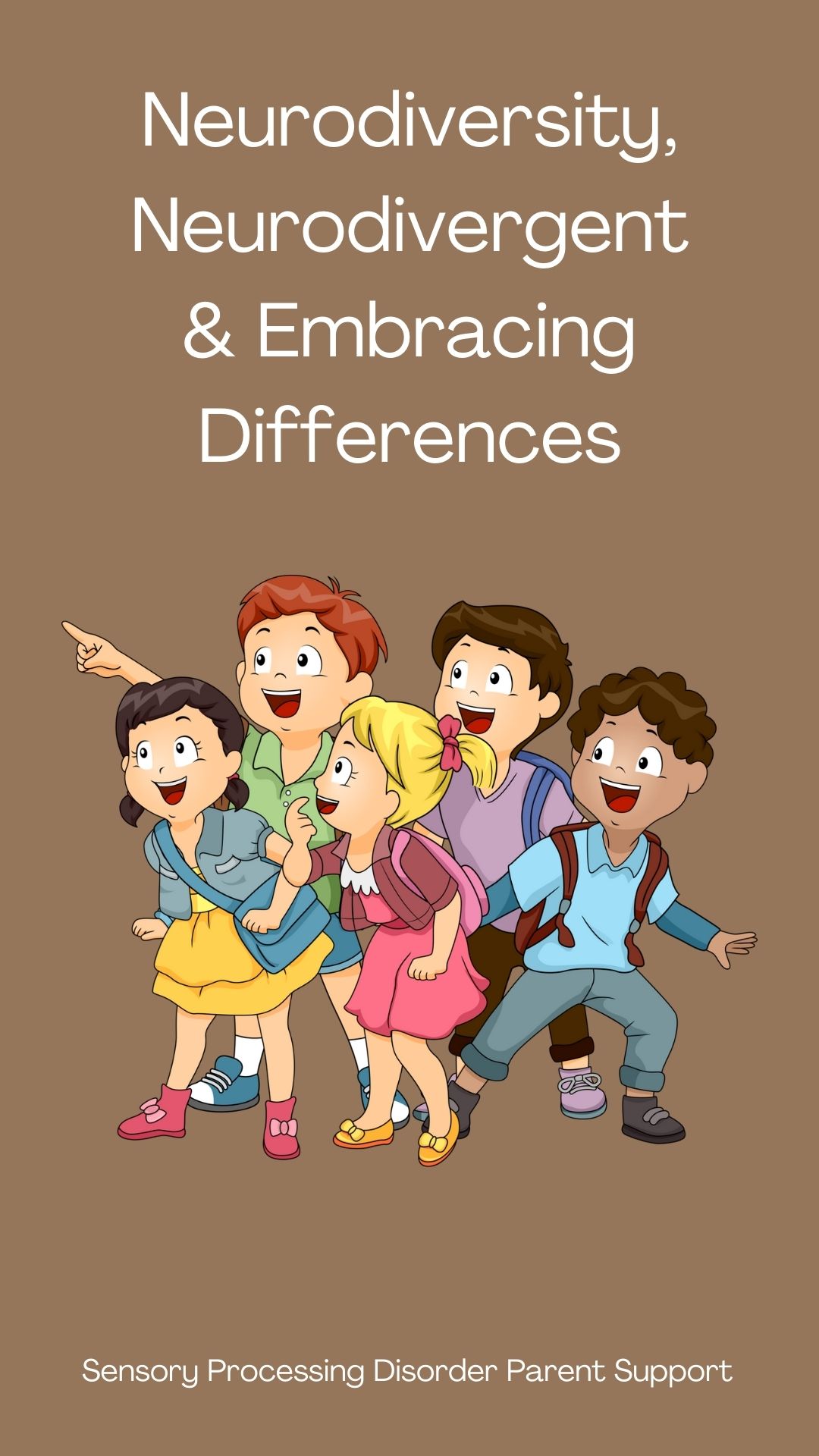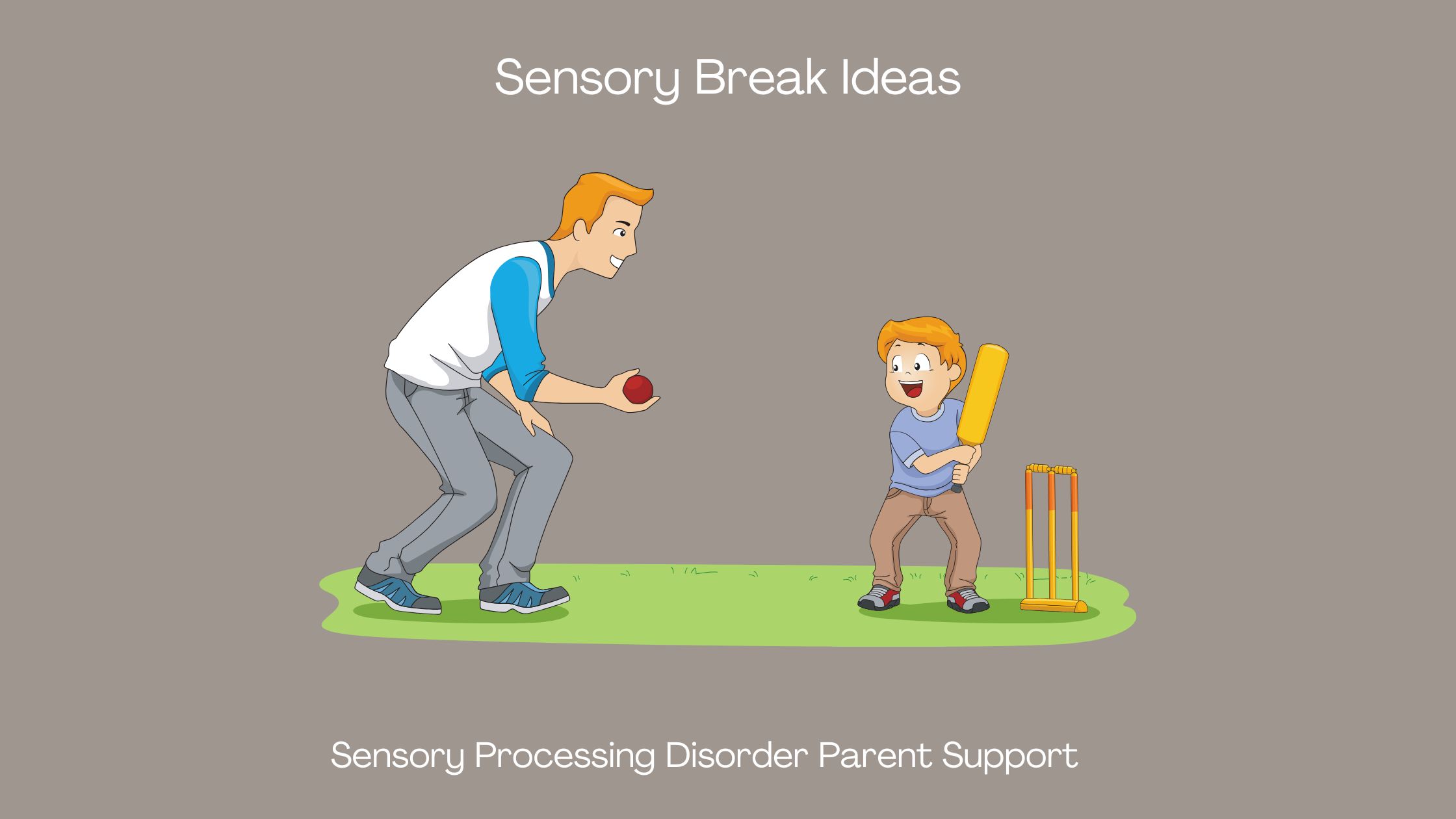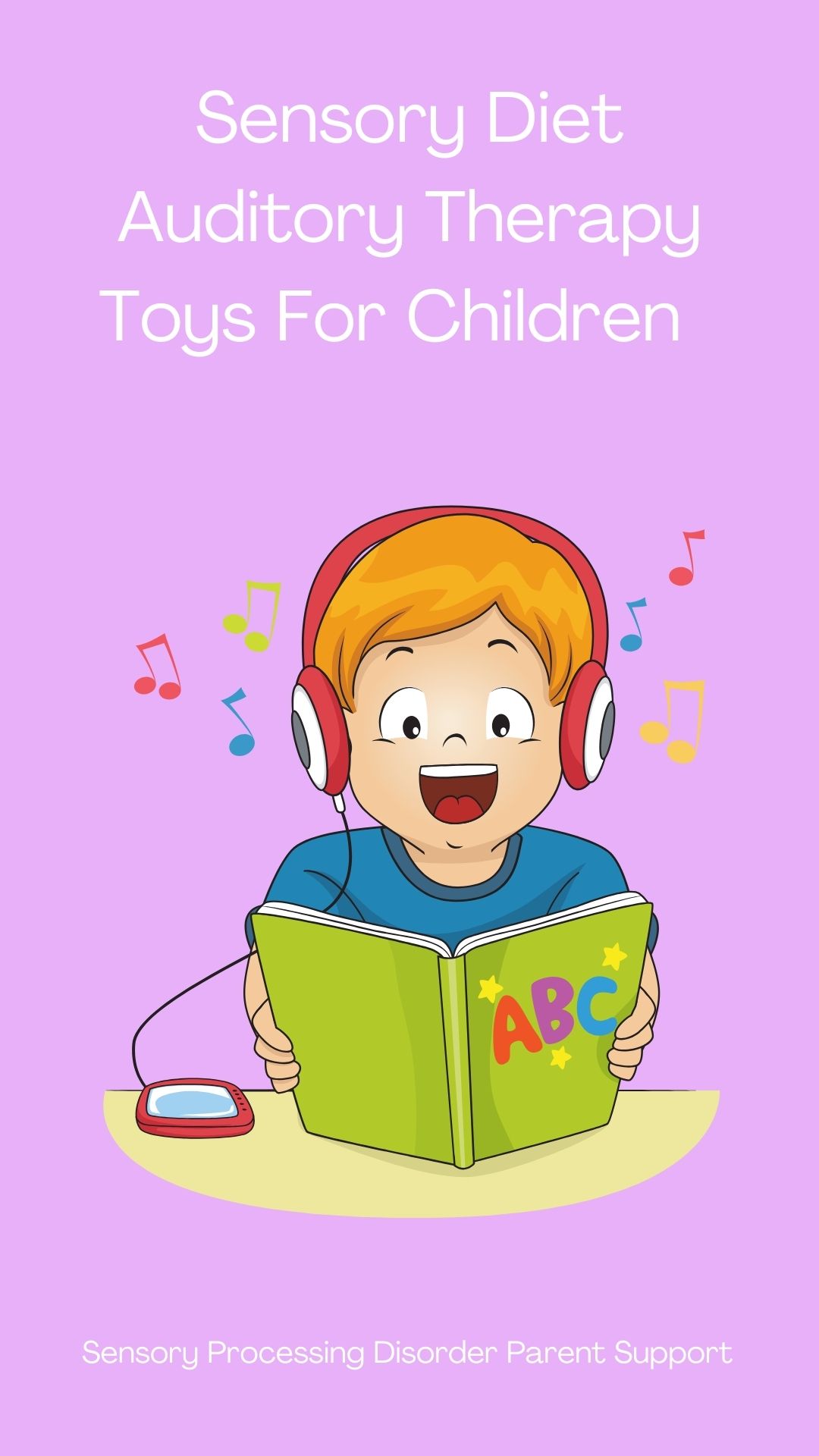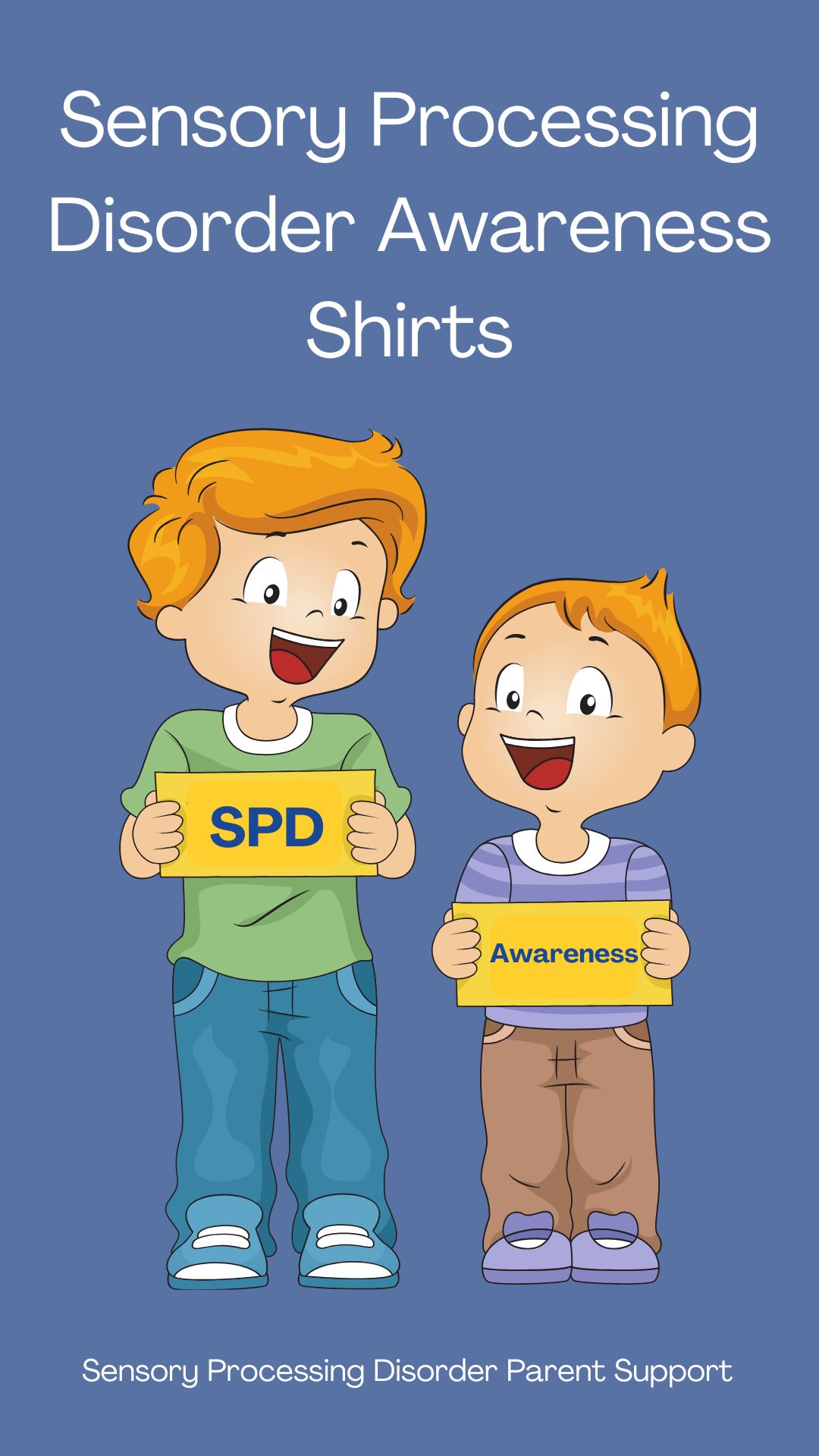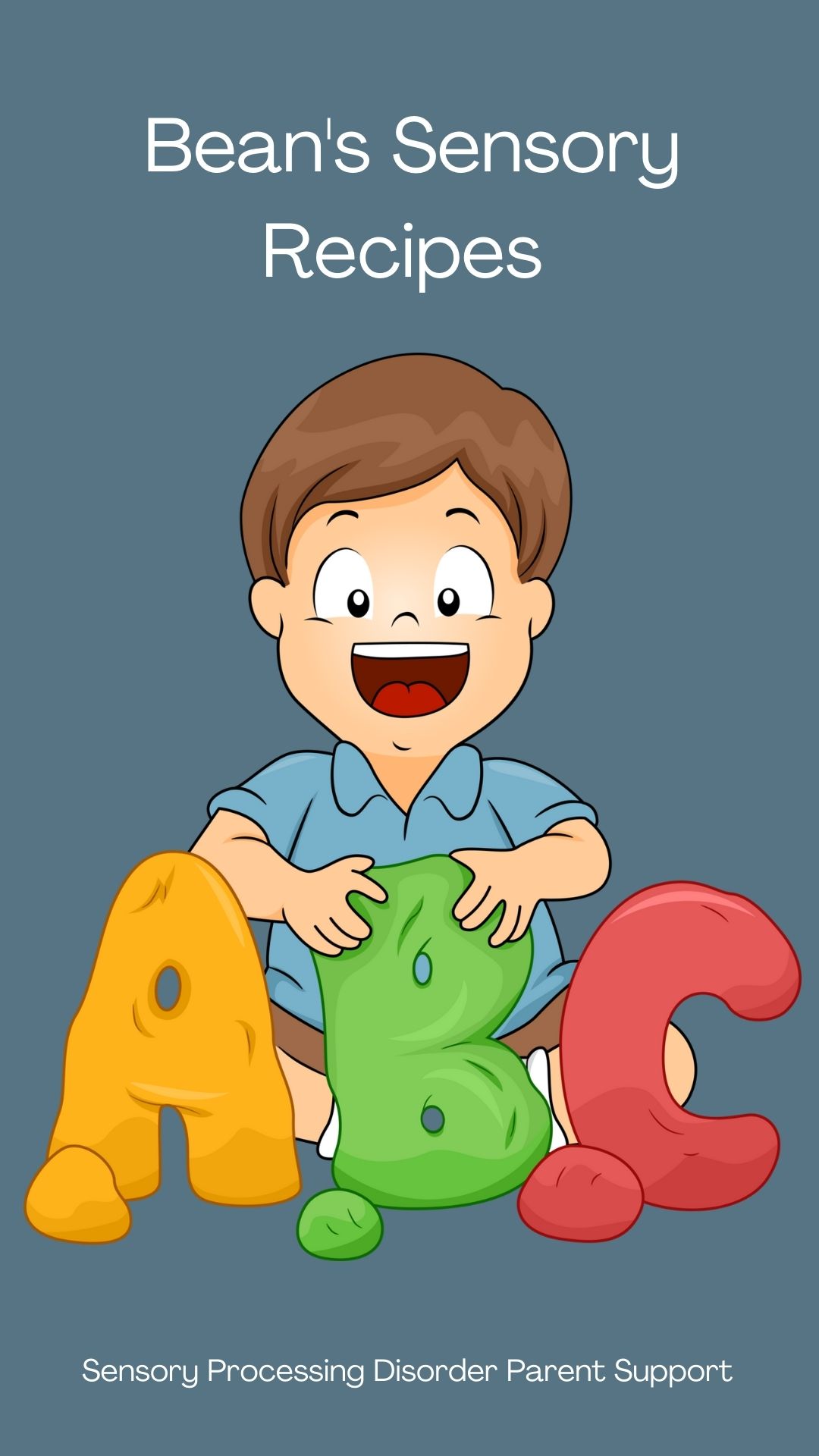Including a sensory diet in a child's daily routine can help children regulate their sensory input and improve their ability to cope with challenging situations. A sensory diet is a personalized plan of sensory activities that your child's occupational therapist created just for your child. It is very important for a child to have sensory breaks incorporated throughout their day.
Sensory breaks are short sensory activities that are designed to help children feel calm and focused when they are feeling overwhelmed by the sensory input around them. These activities can be like a reset button.
Include mindfulness activities such as deep breathing, yoga, or guided meditation. These techniques can help center the mind and body, promoting relaxation and focus.
Movement breaks are important for children who have sensory processing disorder because physical activities can help regulate sensory input. Include sensory activities like jumping, swinging or going for a nature walk in your child's day. These sensory movement breaks encourage proprioceptive input and can effectively help children regulate themselves.
How often a child has sensory breaks will be different based on a child's sensory needs. It's often recommended to include sensory breaks every 30-90 minutes during high-demand tasks or learning environments. There are some general guidelines to consider when structuring a child's sensory movement breaks and your child's OT will discuss these with you.
When a child is at school it is important to include short sensory break for 3-5 minutes after about 20-30 minutes of classroom work or after they have been focusing on a task and have completed it. After a child experiences a highly stressful or anxious situation, challenging tasks, social interactions or overwhelming sensory environments allow for longer sensory breaks for 5-15 minutes to decompress.
Before transitioning to new activities or demanding activities, offer a child a short sensory break. This can help prepare children for their next activities. Before any significant changes in a child's routine try to schedule sensory breaks. This can help a child transition into an activity that wasn't what they were expecting.
The most effective part of a child having sensory breaks throughout their day is personalization. What works for one child may not work for another. This is why an OT will schedule a sensory diet that is created just for your child's sensory needs. There are so many examples of sensory activities that your child's occupational therapist could include into your child's sensory diet.
Proprioceptive Input (heavy work) sensory activities would include pushing a heavy object like a laundry basket, bear crawls, crab walks, elephant walks, jumping on a trampoline, jumping jacks, wrapping up in a weighted blanket and squeezing stress balls are all ways to provide proprioceptive input.
Vestibular Input (Movement/Balance) sensory activities could include spinning, swinging in a therapy swing, rolling on a yoga ball or rock climbing can all provide calming vestibular input.
Tactile Input (Touch) sensory activities could include sensory activities such as playdough, kinetic sand, brushing, finger painting or playing and exploring with sensory bins.
Auditory Input (Sound) sensory activities for a child's sensory diet could include listening to calming music, singing, humming, noise-canceling headphones or creating calming sounds with instruments.
Visual Input (Sight) sensory activities could include sensory lights, lava lamp or colorful lights or a sensory bubble column.
Creating a calming sensory space for a child with sensory differences is very important. Using dimmed lighting, calming colors and providing a child with a comfortable place to sit or lay down. It can be very beneficial for them to have a quiet and relaxing space to have sensory breaks.
Create a designated calming corner, sensory room or space in their classroom, school or home that is filled with calming sensory items. This can be a safe space for them to go when they are feeling overwhelmed.
When implementing sensory breaks, always collaborate with your child's therapist. Work with them to develop a sensory diet for your child's sensory needs. Establish a routine and schedule regular sensory breaks throughout each day, especially before or after your child is having challenging activities in their day.
Encourage self-regulation and teach your child to recognize their own sensory needs and identify when they need a sensory break. Make sensory breaks fun and connect your child's sensory breaks to enjoyable activities to encourage their participation.
Remember to be patient and flexible with your child. It could take some time for your child to learn how to self-regulate and utilize sensory breaks effectively each day.
Sensory breaks are not a magical cure for sensory processing disorder but they are very beneficial tools for helping children manage their sensory differences. There are a lot of ideas that we can do to help our children each day to fill their sensory diets so they do feel successful.
